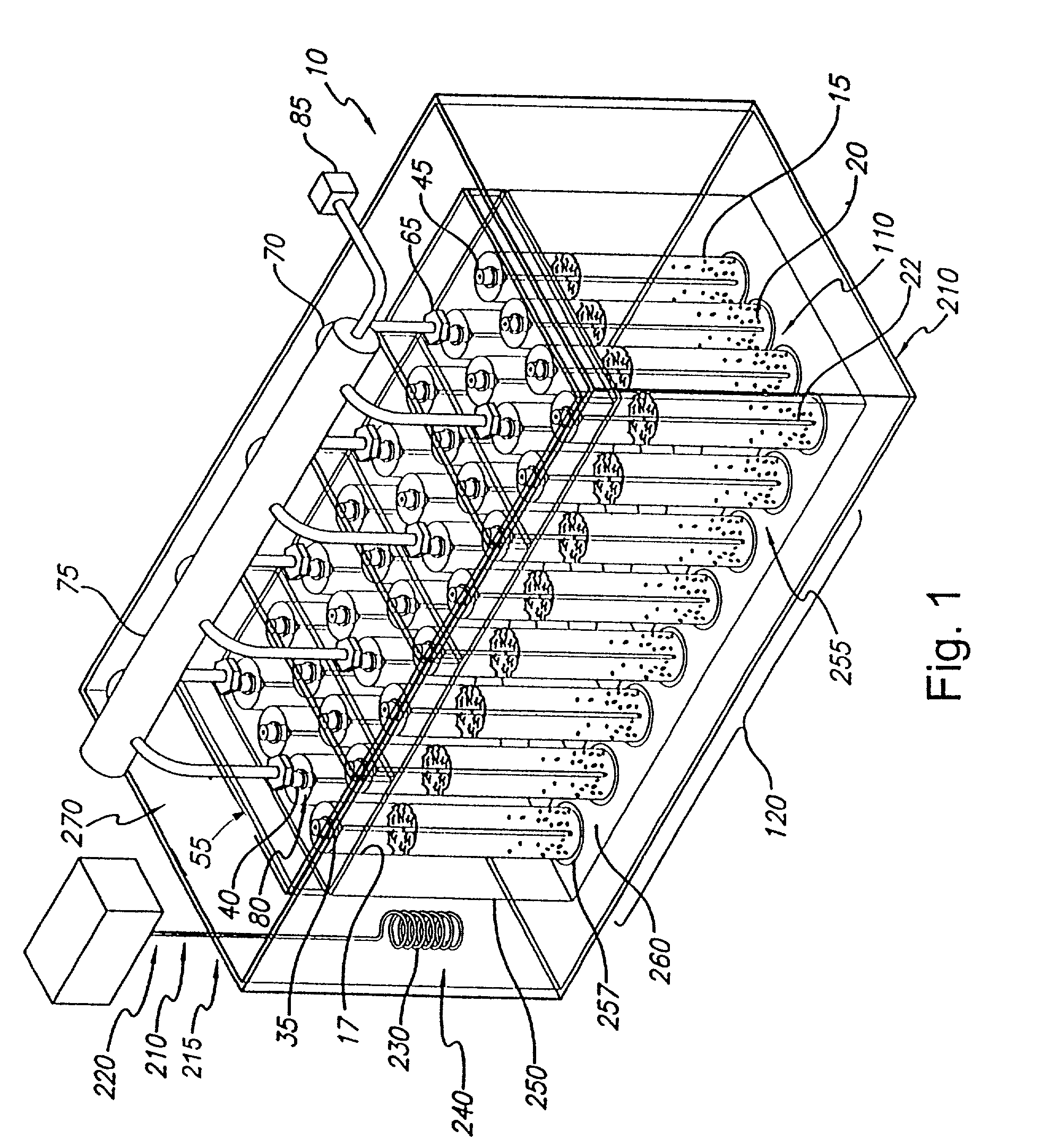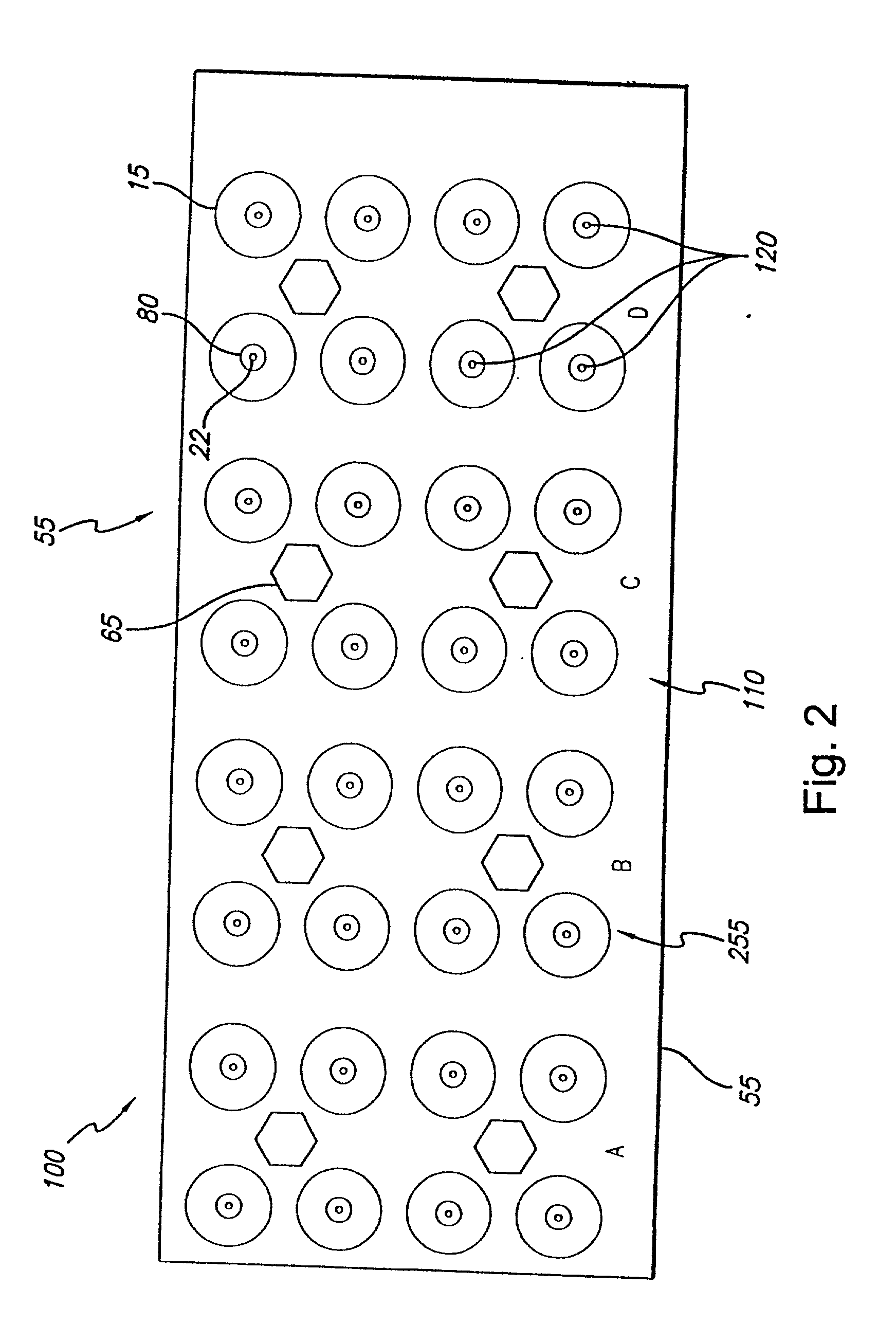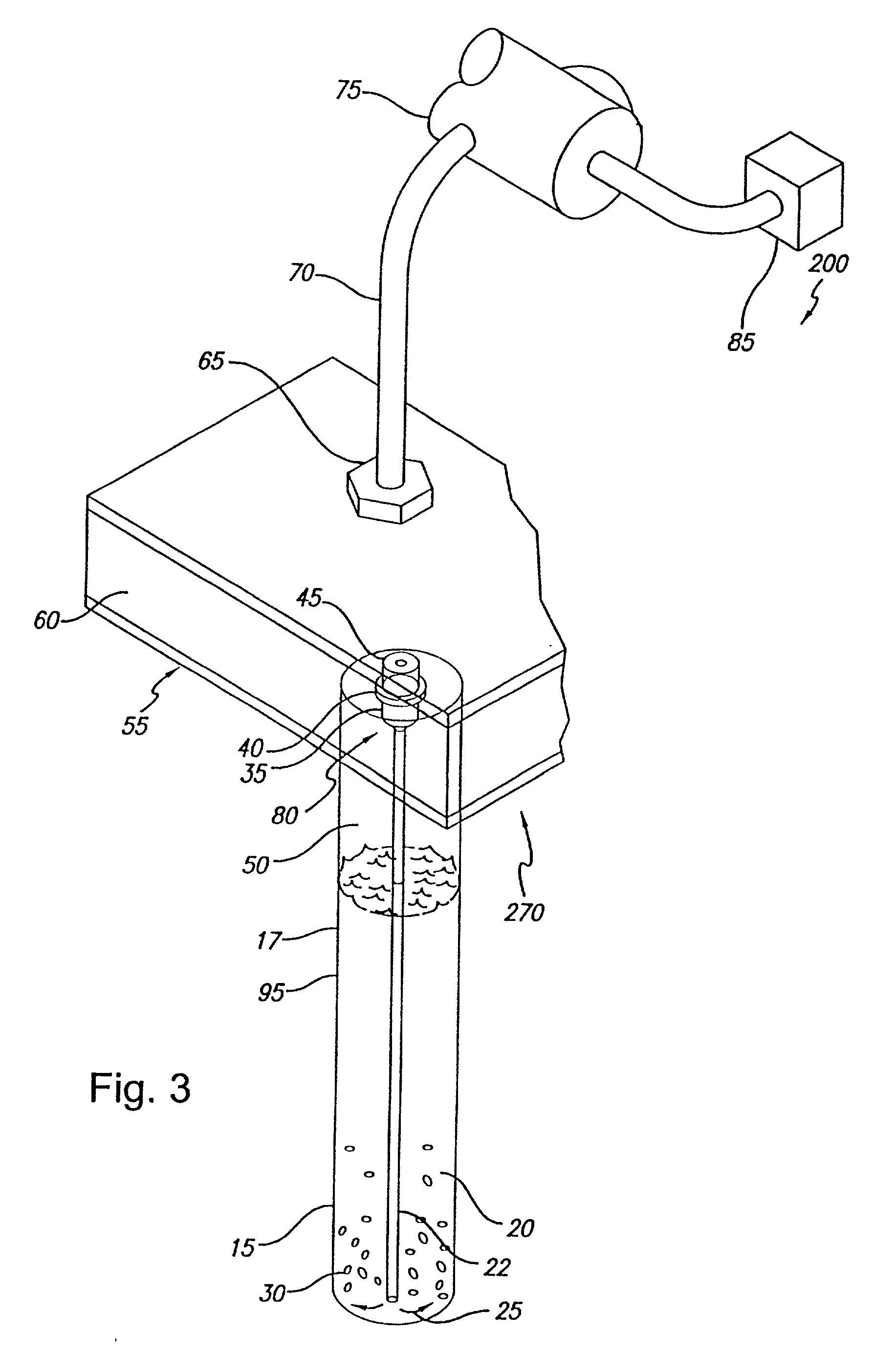Method and apparatus for performing multiple processing steps on a sample in a single vessel
a technology of multiple processing steps and a single vessel, which is applied in the direction of biochemical equipment, biochemical equipment and processes, biocide, etc., can solve the problems of substrate inhibition, multiple process procedures may require significant manual intervention, and fermentation methods have not been amenable to automation, so as to reduce production time, reduce production costs, and reduce production costs
- Summary
- Abstract
- Description
- Claims
- Application Information
AI Technical Summary
Benefits of technology
Problems solved by technology
Method used
Image
Examples
Embodiment Construction
[0234] The present invention provides automated systems comprising centrifuge elements, new centrifuge rotors that can be used in the system and new robotic systems that interface with the centrifuge rotors. In the following paragraphs, the present invention is described in detail by way of example with reference to the figures. Throughout this description, the preferred embodiment and examples shown should not be considered as limiting the scope of the present invention. Many equivalent embodiments are apparent to one of skill.
[0235] Described below are: (a) an automated centrifuge system, (b) the functions of the automated centrifuge, and (c) an alternative automated centrifuge system.
[0236] 1. Automated Centrifuge System Comprising Purification Modules
[0237] Referring to FIG. 22, example automated centrifuge system 1000 is shown. Generally, automated centrifuge system 1000 comprises rotor 2000 having cluster 3500 of sample receiving elements (in this case rotor cavities) 2500 arr...
PUM
| Property | Measurement | Unit |
|---|---|---|
| volume | aaaaa | aaaaa |
| volume | aaaaa | aaaaa |
| volume | aaaaa | aaaaa |
Abstract
Description
Claims
Application Information
 Login to View More
Login to View More - R&D
- Intellectual Property
- Life Sciences
- Materials
- Tech Scout
- Unparalleled Data Quality
- Higher Quality Content
- 60% Fewer Hallucinations
Browse by: Latest US Patents, China's latest patents, Technical Efficacy Thesaurus, Application Domain, Technology Topic, Popular Technical Reports.
© 2025 PatSnap. All rights reserved.Legal|Privacy policy|Modern Slavery Act Transparency Statement|Sitemap|About US| Contact US: help@patsnap.com



